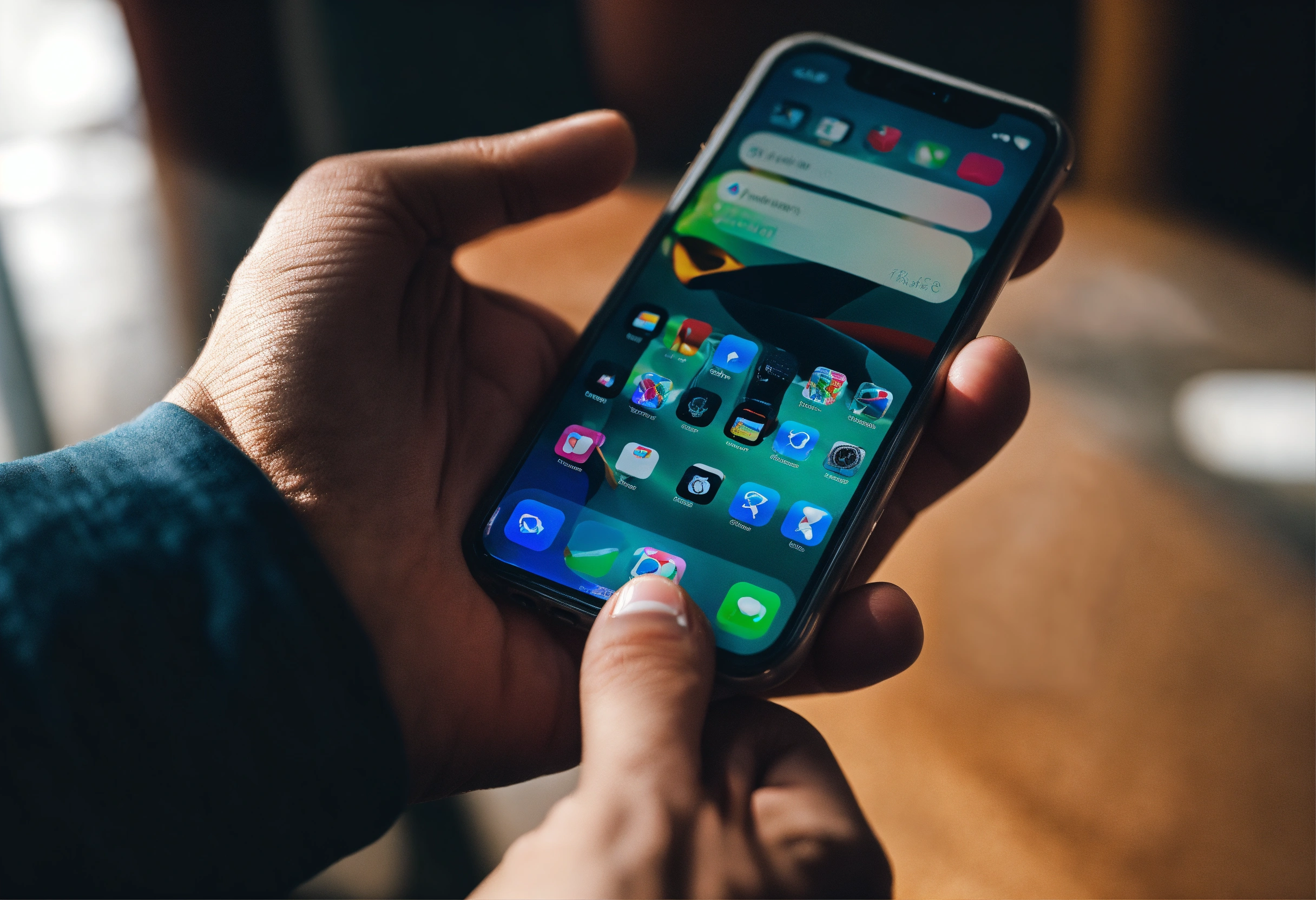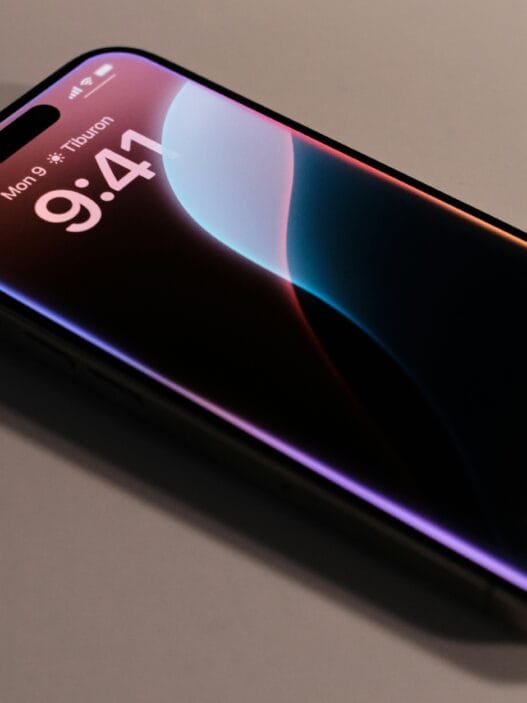After Apple gave us a sneak peek at the Worldwide Developers Conference (WWDC) 2024, we were eager to try them out. Finally, the Apple brand has launched the public betas of iOS 18, iPadOS 18, and macOS Sequoia. HomePod 18, Apple TVOS 18, and WatchOS 11 are for those who want to try their features before anyone else.
Apple’s public betas are not the same as developer betas. Unlike those that were launched at the beginning of June, those that have just come out are designed for anyone who is not willing to wait until September and not only for app creators.
While the trial software can already be installed completely free of charge on compatible devices, there is a catch. They are not yet the final versions, but betas, so not all the features are ready, and you may suffer some problems.
One of the most anticipated new features of the operating systems are those of Apple Intelligence, which are not yet enabled. As the technology company explained at its WWDC 2024, we will not be able to enjoy artificial intelligence in its devices until after the official launch, in the autumn. In other words, this new phase of testing does not have an optimized Siri or the ChatGPT-4o version.
In the meantime, Apple invites us to try out many other features they have prepared with their free public betas. For example, on iPhone and iPad, we can place icons wherever we want and apply a universal tone to all apps; tablets finally integrate a calculator; and on Macs, we can mirror the screen with an iOS mobile.

How do I install Apple’s public betas?
The process to install the trial version is very simple:
- First, you must have your device updated with one of the latest versions of the software.
- Then, head to beta.apple.com and sign up or log in. When doing so, make sure that you use the same Apple ID that you use on your phone, computer, tablet, or smartwatch.
- As soon as you’re done, simply click on the name of the operating system you want to run.
- You will see that all the software available from Apple comes out. Tap the one you’re interested in (if you have an iPhone or Mac, only those updates will do).
- The Apple brand’s website will tell you all the steps to follow.
- It’s important that you then turn on the beta in Settings > General > Software Update. There, you will see a section called Beta Updates, and you must click on iOS 18 Beta or the system you want to install.
- Apple will let you choose between updating now or updating tonight.
- Apple devices supported by public betas
- Although it is expected that many artificial intelligence functions will only be available on the most current devices, there will be other new features that users can take advantage of. And a few can already be tested with public betas.
If you have an iPhone, it is worth knowing that these are the models compatible with the iOS 18 beta:
- iPhone 15
- iPhone 15 Plus
- iPhone 15 Pro
- iPhone 15 Pro Max
- iPhone 14
- iPhone 14 Plus
- iPhone 14 Pro
- iPhone 14 Pro Max
- iPhone 13
- iPhone 13 Mini
- iPhone 13 Pro
- iPhone 13 Pro Max
- iPhone 12
- iPhone 12 Mini
- iPhone 12 Pro
- iPhone 12 Pro Max
- iPhone 11
- iPhone 11 Pro
- iPhone 11 Pro Max
- iPhone XS
- iPhone XS Max
- iPhone XR
- iPhone SE (2nd generation or later)

Preparing Your Devices for Apple’s Public Betas: A Complete Blueprint
For tablets, the iPad 18 public beta only works on:
- iPad Pro (M4)
- iPad Pro 12.9-inch (3rd generation and later)
- iPad Pro 11-inch (first generation and later)
- iPad Air (M2)
- iPad Air (3rd generation and later)
- iPad (seventh generation and later)
- iPad Mini (5th generation and later)
- Those who want macOS 15 Sequoia must have the following computers:
- Mac Pro (M2 Ultra)
- Mac Pro (2019)
- MacBook Air (M3)
- MacBook Air (M2)
- MacBook Air (M1)
- MacBook Pro (M3)
- MacBook Pro (M2)
- MacBook Pro (M1)
- MacBook Pro (2019)
- MacBook Pro (2018)
- iMac (M3)
- iMac (M1)
- iMac (2019)
- Mac Studio (M1)
- Mac mini (M2)
- Mac mini (M1)
- Mac Mini (2018)
If you want to take full advantage of the new features of watchOS 11, you will need to have an iPhone XS or later with iOS 18. And of course, the smartwatch will have to be one of the latest models.
- Apple Watch SE (2nd generation)
- Apple Watch Series 6
- Apple Watch Series 7
- Apple Watch Series 8
- Apple Watch Series 9
- Apple Watch Ultra
- Apple Watch Ultra 2




